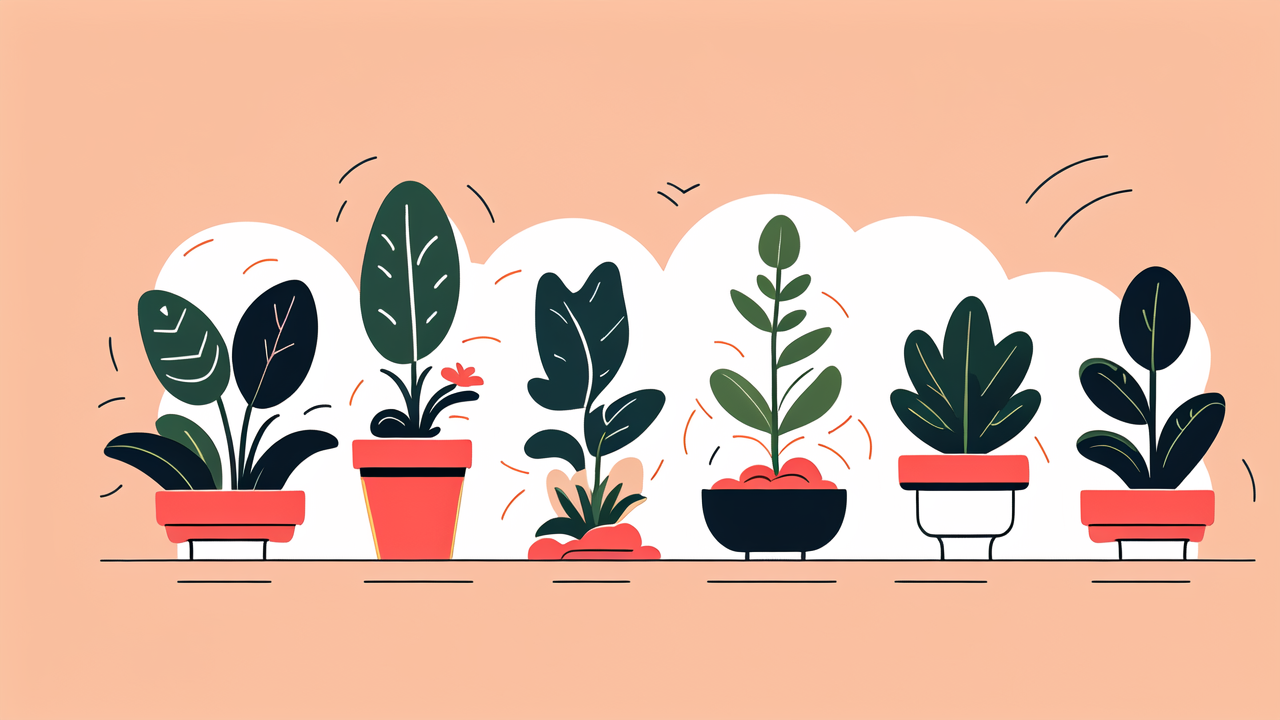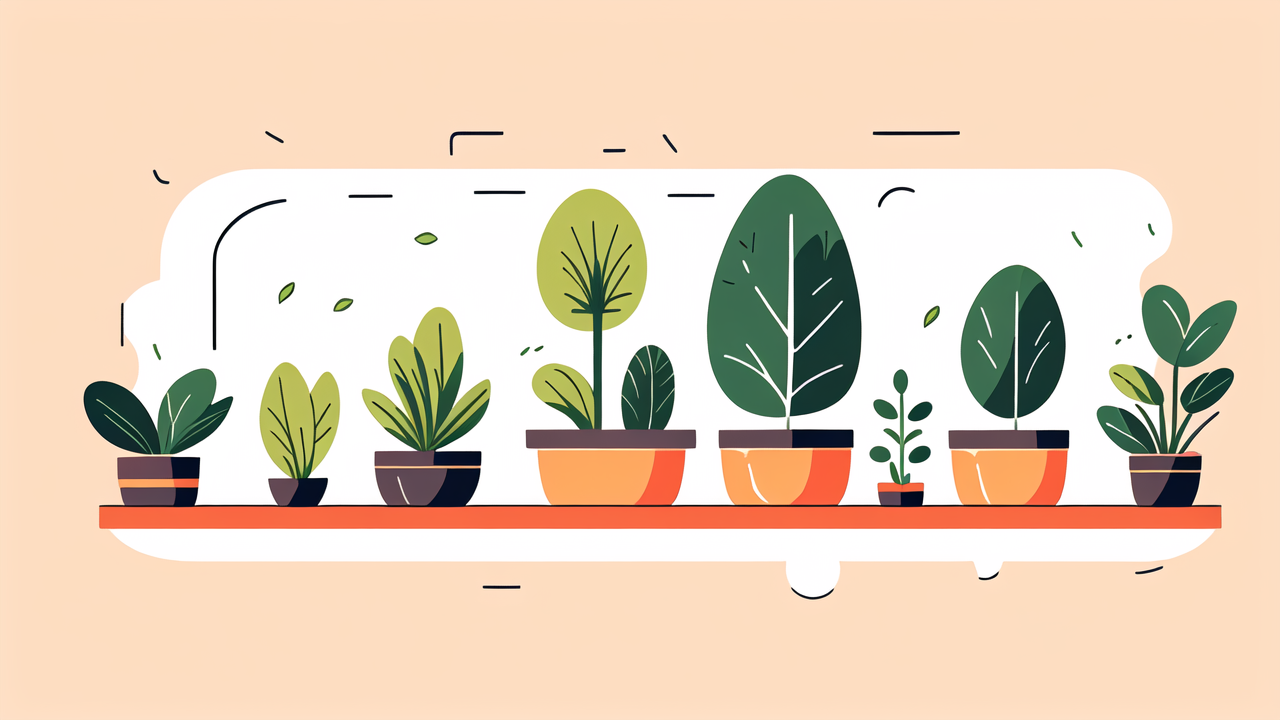The Essentials of Patio Gardening in the United States
Understanding Your Climate and Soil Conditions
Patio gardening success starts with knowing your local climate. The US has many climate zones. Each zone affects what plants will grow well. Check your USDA hardiness zone. This helps you pick the right plants for your area. Think about your patio's sunlight. Some spots may be sunny all day. Others might be shady.

Soil matters too, even in containers. Use good potting mix for container plants. It should drain well but hold some water. Add compost to boost nutrients. Remember, patio plants often need more water than garden plants. The soil in pots dries out faster. Test your soil pH if you're unsure. Most plants like neutral soil.
Choosing the Right Plants for Your Patio Garden
Pick plants that fit your patio's conditions. If you have full sun, try herbs like basil or rosemary. They love heat and sun. For shade, ferns or hostas work well. Think about size too. Dwarf varieties are great for small spaces. Mix plants for interest. Use tall plants as backdrops. Put shorter ones in front.
Consider your goals. Do you want flowers? Try petunias or marigolds. They bloom all summer. Want veggies? Tomatoes and peppers grow well in pots. Herbs are perfect for small spaces. They're useful for cooking too. Don't forget about texture. Mix leafy plants with flowering ones. This creates visual appeal.
Importance of Watering and Maintenance
Watering is key in patio gardens. Pots dry out faster than ground soil. Check soil moisture daily. Water when the top inch feels dry. Use a watering can or hose with a gentle spray. Water deeply to reach all roots. Do this in the morning. It helps prevent water loss from heat.
Regular care keeps plants healthy. Remove dead leaves and flowers. This makes plants look better. It also stops diseases. Fertilize every few weeks. Use a balanced, water-soluble feed. Follow package instructions. Don't overdo it. Too much fertilizer can harm plants. Prune as needed to control size. This is important in small spaces.
Innovative Patio Garden Design Ideas
Maximizing Space with Multi-Level Gardens
Make your patio garden vertical to save space. Use shelves or ladders for plants. This adds height and interest. Hang baskets from the ceiling or walls. They're great for trailing plants. Wall planters work well for herbs or small flowers. Stack pots of different sizes. This creates levels and visual appeal.

Try a living wall. It's a vertical garden on your patio wall. Use pocket planters or build a frame. Fill it with small plants. Succulents work well here. They need little water. Use trellises for climbing plants. Vines can create a green screen. This adds privacy to your patio. Remember to secure all structures well.
Incorporating Container Gardens into Your Patio
Containers are perfect for patio gardens. They offer flexibility and style. Choose pots that match your patio's look. Terracotta is classic. Ceramic adds color. Plastic is light and easy to move. Make sure all pots have drainage holes. Use saucers to protect your patio surface.
Mix container sizes and shapes. Large pots can hold small trees or big plants. Medium pots are good for most flowers and veggies. Small pots work for herbs or succulents. Group pots for impact. Create little plant islands on your patio. Move them around to change the look. Use wheeled platforms under heavy pots for easy moving.
The Role of Outdoor Lighting in Patio Gardening
Good lighting extends patio garden enjoyment into the evening. It also highlights your plants. Use a mix of light types. Solar lights are easy and eco-friendly. They work well along paths. String lights create a cozy mood. Hang them above your seating area. Spotlights can show off special plants.
Consider light color and brightness. Warm white light is natural and relaxing. Avoid harsh, bright lights. They can disturb plants and wildlife. Use timers to control when lights turn on and off. This saves energy. Place lights carefully. Don't overdo it. Too much light can be as bad as too little. Aim for a soft, inviting glow.
Implementing and Maintaining Your Patio Garden
Step-by-Step Guide to Setting Up a Patio Garden
- Plan your layout. Measure your space. Decide where plants will go.
- Choose your containers. Make sure they fit your space and style.
- Buy good potting soil. Fill your containers.
- Select your plants. Consider sun, water, and space needs.
- Plant carefully. Don't overcrowd pots.
- Water thoroughly after planting.
- Add mulch to pots. This helps keep soil moist.
- Set up any supports needed. Use stakes or trellises for tall plants.
- Arrange your pots. Group similar plants together.
- Add decorative touches. Use garden art or interesting rocks.
Take your time with each step. Good planning leads to a better garden. Start small if you're new to patio gardening. You can always add more later.

Routine Care and Maintenance of Patio Gardens
Daily care keeps your patio garden healthy. Water regularly. Check soil moisture often. Pots dry out fast. Deadhead flowers to encourage more blooms. This means removing old flowers. Pinch back herbs to keep them bushy. Trim any dead or yellowing leaves.
Weekly tasks matter too. Check for pests. Look under leaves for bugs. Remove any weeds in pots. They steal water and nutrients. Turn pots a quarter turn each week. This ensures even growth. Monthly, feed your plants with liquid fertilizer. Follow package directions carefully.
Seasonal care is important. In spring, clean pots and replace old soil. Summer means more watering and pest watch. Fall is for cutting back and preparing for winter. In winter, protect plants from frost. Move tender plants indoors if needed.
Troubleshooting Common Patio Garden Issues
Yellowing leaves often mean overwatering. Let soil dry more between waterings. Brown leaf edges might mean underwatering. Water more often. If plants wilt but soil is wet, check for root rot. Ensure pots drain well. Pale leaves could mean nutrient deficiency. Try fertilizing.
Pest problems are common. Look for tiny bugs or egg clusters. Use insecticidal soap for most pests. It's safe and effective. For fungal issues, improve air flow. Avoid wetting leaves when watering. Remove affected parts quickly. If a plant keeps failing, research its specific needs. It may need different care.
Remember, every garden has challenges. Don't get discouraged. Learn from problems. Each issue teaches you more about your plants. With time, you'll become an expert patio gardener.
